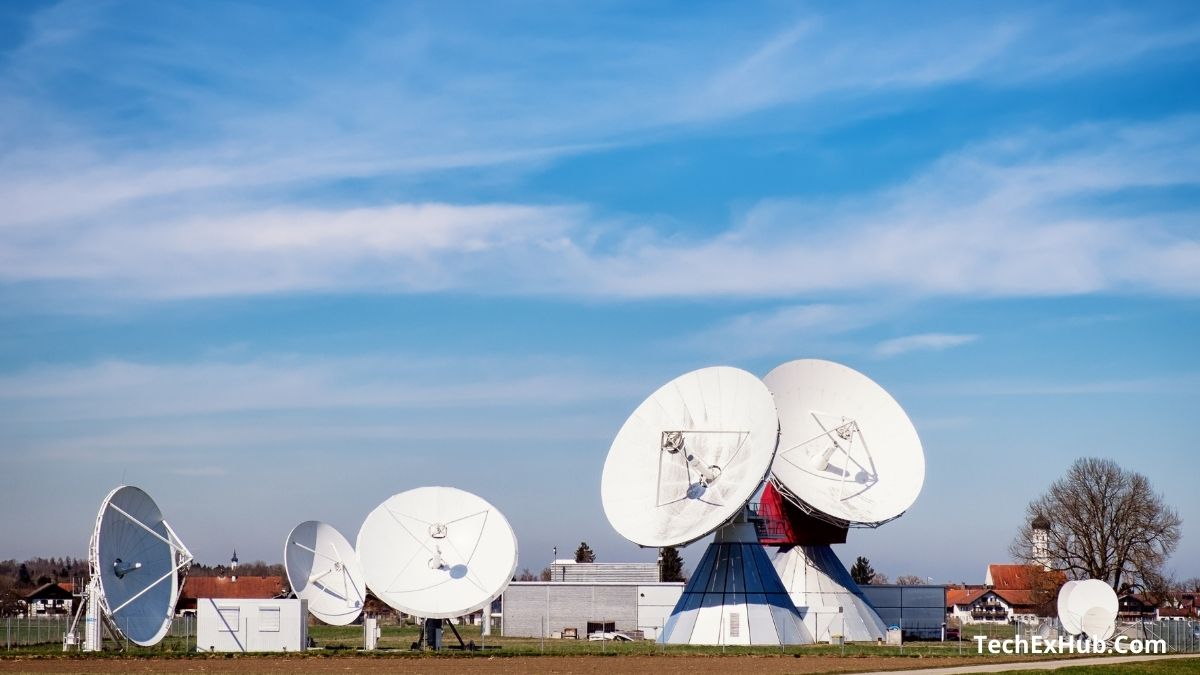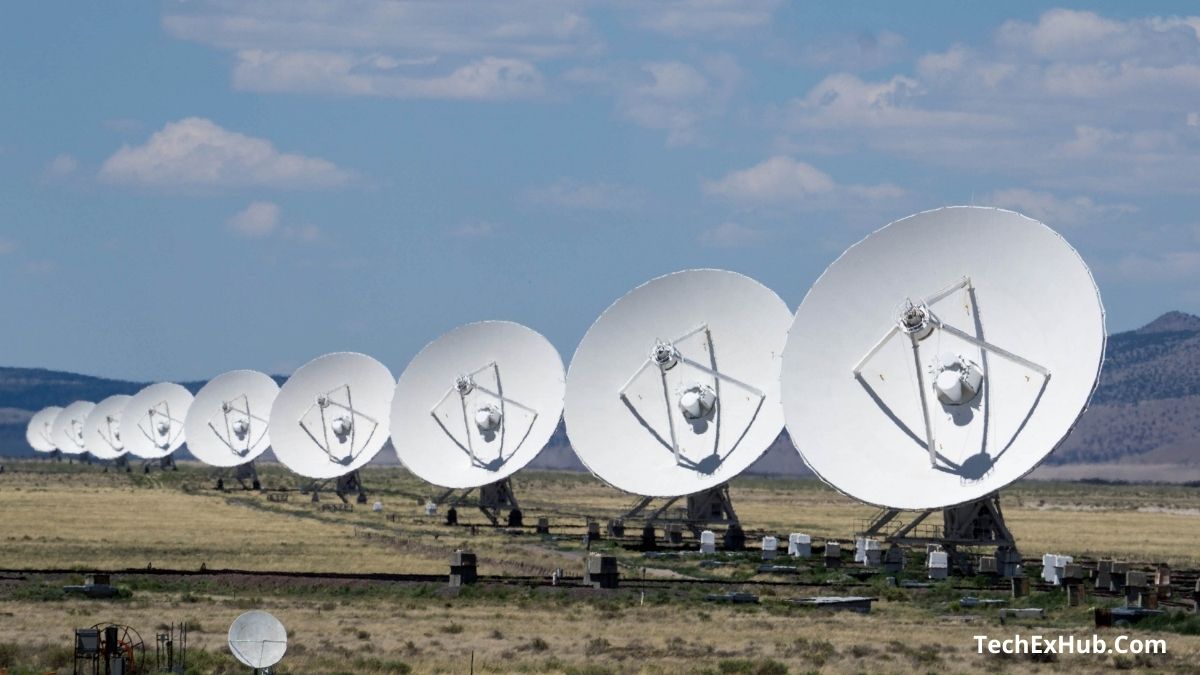Any song you hear on the stars of satellite radio is recorded in a certain way in various recording modes. In most cases, the recording quality should be kept relatively high, usually at 384kb / s, while also small enough to be distributed on CDs and DVDs. Music tracks used in satellite radio are categorized using the same program as the MP3 catalog process, ID3 tags. The selection of music tracks to play is made by each channel. A DJ who chooses tracks usually chooses about 20 to 30 minutes of music. The DJ should listen to the tracks to make sure they are in the right condition and then simply allow the computer to write the original file. The same thing is repeated when only the first 20-30 minutes are over and the music playing cycle repeats itself.
Table of Contents
Audio coding on satellite radio
Encoding is one of the most important aspects of digital radio. Each channel is hosted with a different encoder. The encoder basically takes the analog file and converts it into digital. The digital process is done in real time and the music files are converted to 1’s and 0’s. This process is carried out by powerful computers that analyze sound waves and voltages and break them into binary code. The coding process is done at 128kb / s, 44.1Kh which is actually CD quality. After a song is inserted, it is transferred to an opponent where there are other channels – the multiplexer basically takes all the channels of a satellite radio provider and merges them into a single stream. The data is then sent to a satellite module that organizes the data and sends it to broadcast satellites, using different transmission frequencies.
What is happening above the earth
This is where the satellites are located. They receive the transfer and transfer it to the recipients we have in our homes and cars. Satellites are located 23,000 miles above us – both Sirius and XM Radio use satellites that are far away from Earth. Satellites are obtained by geo syncing, which means more rotation of the designated area at all times. When the satellite receives a transmission of 128kb / s, 44.1 kHz re-transmits it to its destination. Both Sirius and XM Radio use satellites that cover certain areas of the United States – especially on the East and West coasts. For example, one of the XM Radio satellites covers the western part of the USA, probably located approximately from Seattle to San Diego in the West and Minneapolis to Houston in the east. Increased audio quality is possible because streaming data (music tracks, news, sports transfers) is not often cut into the translation process.
Antenna
An antenna connected to your satellite radio receiver takes transmission to L-Band. Recent technological advances have allowed digital radio broadcasters to build radio stations small enough to accommodate mobile homes. In the early days of satellite radio, a large car bowl had to be fitted to the car to receive the signal. Also, before the invention of more sophisticated chemicals, early satellite receivers needed electronic movement to direct the vessel toward the satellite line of sight. Recipients of modern flat panels have eliminated all the problems of their predecessors and can be installed almost anywhere without taking up too much space.
Recipient and effect
A receiver is a device that decides data, basically doing the exact opposite of what the coding process was like. After receiving a signal from the antenna amplifies it and converts it into usable sound. The car or home audio system can play the selected satellite radio station. The whole process is exactly the same as analog streaming will work, with an amplifier and loudspeakers.
Article Source
Techexhub requires writers All ways Show their article source to readers to discover more information on. These include white papers, original reporting and, interviews with industry experts. We also reference original research from other reputable publishers where appropriate.
- Wikipedia.com – Satellite radio
- Britannica.com – Satellite radio
- Electronic.howstuffworks.com – How Satellite Radio Works



